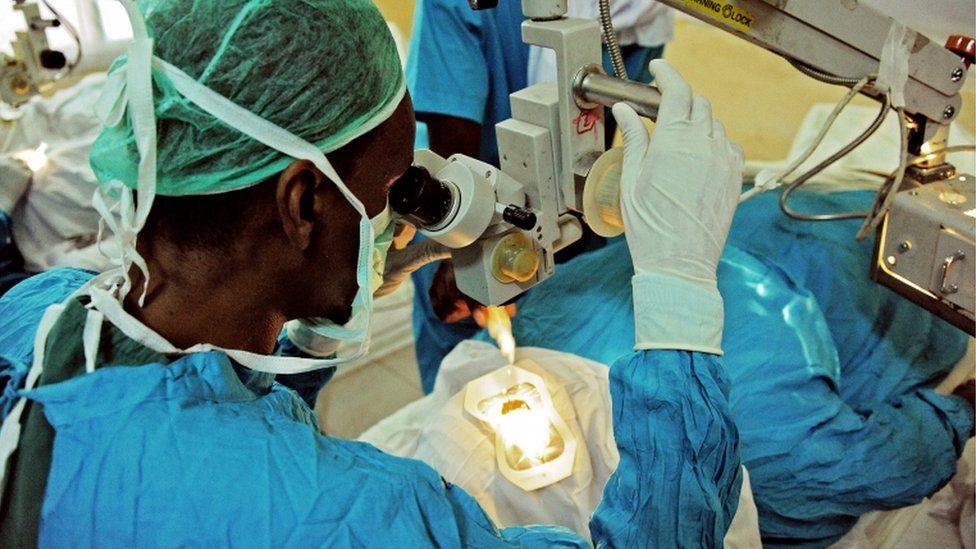WHAT TO EXPECT FOR YOUR GLAUCOMA SCREENING

Tests Administered During Glaucoma Screening
Visual Field Test
This test is used in glaucoma screening to determine if glaucoma has affected your vision. For this test, you will be asked to look straight ahead and press a button any time you see an image or movement in your peripheral vision. This gives your optometrist a clear understanding of any blind spots that may have developed in your vision and can help them track potential glaucoma progression.
Eye Pressure Test
Increased eye pressure is one of the first and most common signs of glaucoma. When pressure begins to build in the eye, this is what puts pressure on the optic nerve and leads to damage. To check the pressure within the eye, your optometrist can administer a few different tests but the most common are the non-contact tonometry test (also called the air puff test) and the contact tonometry test. The air puff test will blow a small puff of air at the eye to measure intraocular pressure. The contact tonometry test is a little less comfortable, but it gets more accurate readings. For this test, a numbing agent is applied to the eye and a machine will gently press against the eye to measure pressure.
Corneal Thickness Exam
There is a correlation between corneal thickness and the development of glaucoma; people with thin corneas appear to have a higher rate of glaucoma development than people with average or thick corneas. Thin corneas can also interfere with the reading of intraocular pressure. To check the thickness of your cornea, your optometrist will gently touch the cornea with a small probe. Your optometrist will numb the eye before this exam as well.
Dilated Eye Exam
Special eye drops will be used to dilate (enlarge) the pupils so that your optometrist can get a better view of the components of your eye, including your retina, optic nerve, blood vessels, and more. During this portion of your glaucoma screening, your optometrist will look into your eye manually, but they may also take photos of your inner eye.
Angle Exam
This part of glaucoma screening is performed to view where your cornea and iris meet. This is where your eye drainage is (referred to as the angle). If the eye drainage is closed and blocked, this can be an indication of angle-closure or acute glaucoma and if the angle is too wide and open, this can indicate that you possibly have open-angle, chronic glaucoma. During this exam, your optometrist will use a special lens with a mirror and place it on the eye so that they can accurately see the eye drainage system.
Glaucoma Screening To Keep Your Vision Safe
Glaucoma screening is an important part of healthcare. Without glaucoma screening, you may be at risk of losing your vision without knowing. When an optometrist conducts glaucoma screening, you have a greater chance of slowing the progression of this condition and saving your eyesight.
FAQ
Q: What are the types of glaucoma?
A: The different types of glaucoma are:
- Open-angle glaucoma, also known as primary glaucoma as it is the most common type
- Angle-closure glaucoma
- Congenital glaucoma
- Normal-tension glaucoma (NTG)
Q: What is usually the first sign of glaucoma?
A: Usually, the loss of peripheral vision is the first sign of glaucoma. It’s important to note that this usually doesn’t occur until the disease has progressed quite far already though.
Q: What is the best treatment for glaucoma?
A: It depends on the specific case, but some of the best treatment options for glaucoma include prescription eye drops, oral medications, laser treatment, and surgery.
